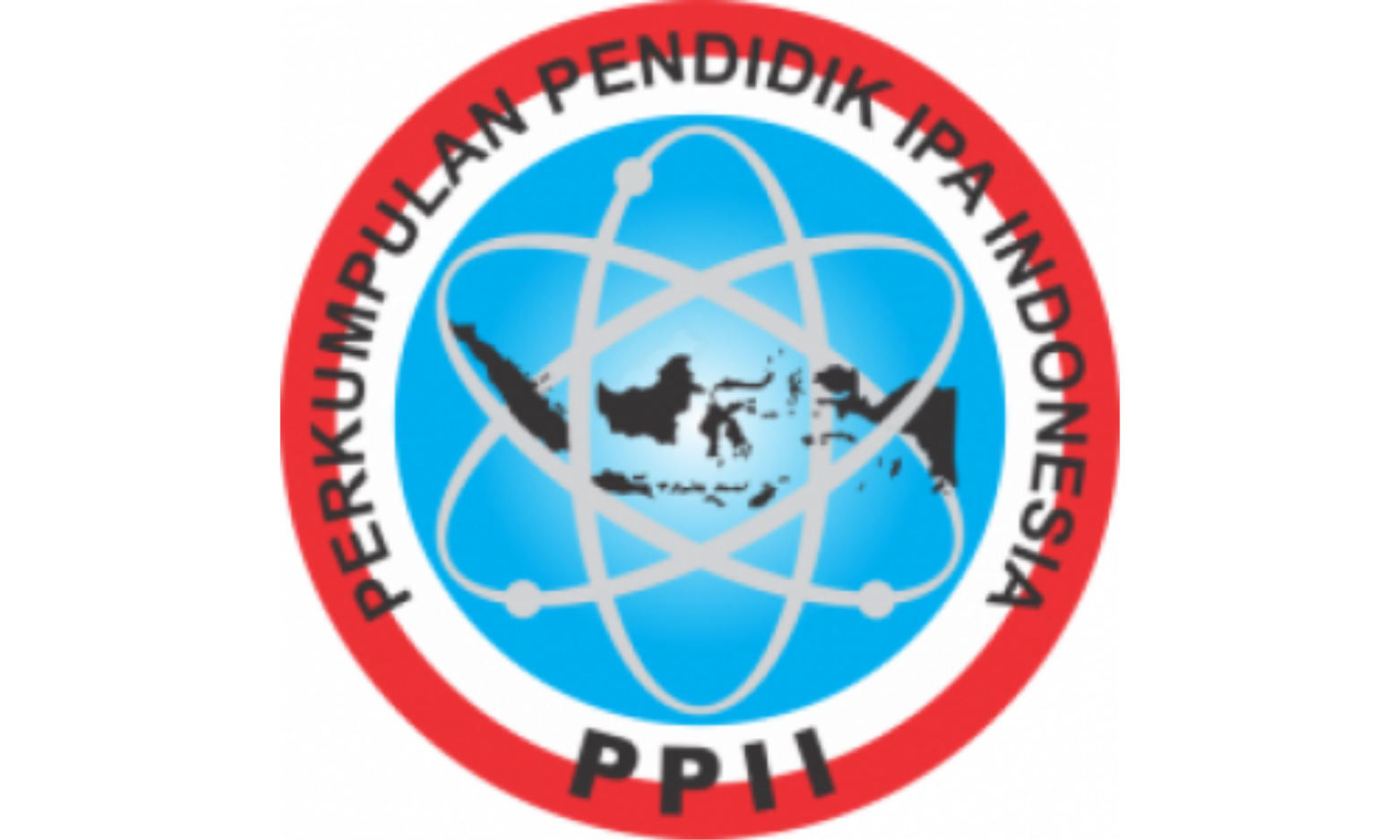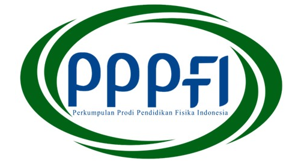PHYSICS LEARNING MEDIA TO BUILD HIGH SCHOOL STUDENT'S UNDERSTANDING OF MOMENTUM MATERIAL
DOI:
https://doi.org/10.15575/jotalp.v7i1.15720Keywords:
Physics, Momentum, Learning MediaAbstract
For most students, physics is one of the boring subjects and is considered difficult, the subject that is considered difficult is momentum, the level of students' understanding of the momentum material is still low. The use of learning media aims to facilitate the delivery of learning so that students can easily and efficiently achieve learning objectives. Therefore, the researcher considers the need for supporting learning media as an alternative to physics learning media on the concept of momentum, as well as testing the feasibility of media to support learning. The method used by researchers in research and development (R&D) following the steps of Borg and Gall, steps are developing products and testing the effectiveness of products to achieve goals. Meanwhile, data collection was carried out by distributing instruments in the form of questionnaires and LKPD to measure learning achievement and student responses. Based on the results of the study, all questionnaire scores scored almost four in the good category, and all students were able to answer the LKPD. Therefore, with the media students can construct an understanding of the concept of momentum. Students who previously did not know the concept of momentum became aware of it even to the point of being able to formulate its meaning mathematically. With the existence of learning media, learning physics on the concept of momentum becomes more fun, interesting, and can increase students' learning motivation.
References
Badriyah, S., Chusni, M. M., & Yuningsih, E. K. (2018). Development of Kamosu Learning Media for Rotation Dynamics Materials. Proceedings of the 3rd International Conference on Social Sciences, Laws, Arts and Humanities, 595–598. https://doi.org/10.5220/0010025305950598
Borg, W. R., & Gall, M. D. (1983). Educationnal Research. Longman.
Chusni, M. M., Rizaldi, M. F., Nurlaela, S., Nursetia, S., & Susilawati, W. (2018). Penentuan momen inersia benda silinder pejal dengan integral dan tracker. Jurnal Pendidikan Fisika Dan Keilmuan, 4(1), 42–47. http://doi.org/10.25273/jpfk.v4i1.2068
Chusni, M. M., Saputro, S., & Rahardjo, S. B. (2021). Student’s Critical Thinking Skills through Discovery Learning Model Using E-Learning on Environmental Change Subject Matter. European Journal of Educational Research, 10(3), 1123–1135. https://doi.org/10.12973/eu-jer.10.3.1123
Denny, Y. R., Utami, I. S., Rohanah, S., & Muliyati, D. (2020). The Development of Blended Learning Model using Edmodo to Train Student Critical Thinking Skills on Impulse-Momentum Topic. Jurnal Penelitian & Pengembangan Pendidikan Fisika, 6(1), 113–120. https://doi.org/10.21009/1.06113
Fadholi, L., Harijanto, A., & Lesmono, A. D. (2018). Analisis Video Kejadian Fisika Dengan Software Tracker Sebagai Rancangan Bahan Ajar Momentum Dan Impuls Untuk Meningkatkan Kemampuan Berfikir Kritis Siswa SMA Kelas X. Jurnal Pembelajaran Fisika, 7(3), 263–270. https://doi.org/10.19184/jpf.v7i3.8598
Giancoli, D. C. (2010). Fisika Dasar Jilid 1. Erlangga.
Guterres, I. K. N. P., Sudarti, S., M, M., & Putra, P. D. A. (2018). Pengembangan Media Pembelajaran Ular Tangga Berbasis Android Pada Pokok Bahasan Gejala Pemanasan Global Untuk Pembelajaran Fisika Di SMA. Jurnal Pembelajaran Fisika, 7(1), 54. https://doi.org/10.19184/jpf.v7i1.7225
Hew, K. F., Jia, C., Gonda, D. E., & Bai, S. (2020). Transitioning to the “new normal†of learning in unpredictable times: pedagogical practices and learning performance in fully online flipped classrooms. International Journal of Educational Technology in Higher Education, 17(1), 1–22. https://doi.org/10.1186/s41239-020-00234-x
Mahardika, I. ketut, Sugiartana, I. W., & Doyan, A. (2021). Feasibility Analysis of Contents of Module Impulse and Momentum to Improve Student Math Skills Verbal Representation of Figures (R-VMGG). Journal of Science and Science Education, 2(1), 47–51. https://doi.org/10.29303/jossed.v2i1.524
Malik, A., Vitriani, V., & Chusni, M. M. (2018). Improving students’ critical-thinking skills through student facilitator and explaining model in momentum and impulse topic. Jurnal Penelitian & Pengembangan Pendidikan Fisika, 4(2), 55–64. https://doi.org/10.21009/1.04202
Maulidiansyah, D., & Hamdani, H. (2018). Pengembangan Tes Diagnostik Menggunakan Aplikasi Google Form Materi Momentum dan Impuls Untuk Siswa SMA. Jurnal Pendidikan Dan Pembelajaran Khatulistiwa, 7(7), 1–9. http://dx.doi.org/10.26418/jppk.v7i7.26755
Misbah, M., Pratama, W. A., Hartini, S., & Dewantara, D. (2018). Pengembangan e-learning berbasis schoology pada materi impuls dan momentum untuk melatihkan literasi digital. PSEJ (Pancasakti Science Education Journal), 3(2), 109–114.
Nasution, S. W. R. (2018). Penerapan Model Inkuiri Terbimbing (Guided Inquiry) dalam Meningkatkan Kemampuan Berpikir Kritis Pada Pembelajaran Fisika. Journal Education and Development, 3(1), 1–5. https://doi.org/10.37081/ed.v3i1.85
Ngurahrai, A. H., Farmaryanti, S. D., & Nurhidayati, N. (2019). Media pembelajaran materi momentum dan impuls berbasis mobile learning untuk meningkatkan kemampuan berpikir kritis siswa. Berkala Ilmiah Pendidikan Fisika, 7(1), 62–70. http://dx.doi.org/10.20527/bipf.v7i1.5440
Ni’mah, L., Astutik, S., & Maryani. (2018). Model Collaborative Creativity Untuk Meningkatkan Penguasaan Konsep Fisika dan Kemampuan Afketif Kolaboratif Ilmiah Siswa. FKIP e-PROCEEDING, 3(2), 65–70.
Oktasari, D., Jumadi, Warsono, Hariadi, M. H., & Syari, E. L. (2019). 3D Page-Flipped Worksheet on Impulse-Momentum To Develop Students’ Scientific Communication Skills. Jurnal Pendidikan IPA Indonesia, 8(2), 211–219. https://doi.org/10.15294/jpii.v8i2.15737
Peranti, P., Purwanto, A., & Risdianto, E. (2019). Pengembangan Media Pembelajaran Permainan Mofin (Monopoli Fisika Sains) Pada Siswa Sma Kelas X. Jurnal Kumparan Fisika, 2(1), 41–48. https://doi.org/10.33369/jkf.2.1.41-48
Permatasari, B., Nyeneng, I. D. P., & Wahyudi, I. (2018). Pengembangan LKPD Berbasis POE untuk Pembelajaran Fisika Materi Momentum dan Impuls SMA. Angewandte Chemie International Edition, 6(11), 951–952., 1, 5–24. http://dx.doi.org/10.23960/jpf.v6.n1.201805
Pratiwi, E. D., Latifah, S., & Mustari, M. (2019). Pengembangan Media Pembelajaran Fisika Menggunakan Sparkol Videoscribe. Indonesian Journal of Science and Mathematics Education, 2(3), 303–309. https://doi.org/10.24042/ijsme.v2i3.4355
Purwaningsih, E., Sari, S. P., Sari, A. M., & Suryadi, A. (2020). The effect of stem-pjbl and discovery learning on improving students’ problem-solving skills of the impulse and momentum topic. Jurnal Pendidikan IPA Indonesia, 9(4), 465–476. https://doi.org/10.15294/jpii.v9i4.26432
Sailin, S. N., & Mahmor, N. A. (2018). Improving student teachers’ digital pedagogy through meaningful learning activities. Malaysian Journal of Learning and Instruction, 15(2), 143–173. https://doi.org/10.32890/mjli2018.15.2.6
Sari, F. P., Nikmah, S., Kuswanto, H., & Wardani, R. (2019). Developing Physics Comic Media a Local Wisdom: Sulamanda (Engklek) Traditional Game Chapter of Impulse and Momentum. Journal of Physics: Conference Series, 1397. https://doi.org/10.1088/1742-6596/1397/1/012013
Septarini, R. A., & Kholiq, A. (2021). Pengembangan media prest untuk meningkatkan keterampilan berpikir kritis peserta didik sma pada materi momentum dan impuls. Jurnal Inovasi Pendidikan Fisika, 10(1), 32–38. https://doi.org/https://doi.org/10.26740/ipf.v10n1.p32-38
Setyawan, R. A., & Atapukan, W. F. (2018). Pengukuran Usability Website E-Commerce Sambal Nyoss Menggunakan Metode Skala Likert. Compiler, 7(1), 54–61. http://dx.doi.org/10.28989/compiler.v7i1.254
Subarkah, C. Z., Chusni, M. M., Gusniar, O. W., & Sundari, C. D. D. (2018). Inquiry-based worksheet on the utilization of pectin from lemon peel waste as corrosion inhibitors to support student understanding in electrochemistry concept. International Journal of Pure and Applied Mathematics, 118(24), 1–15.
Sugiyono. (2011). Metodologi Penelitian Kuantitatif, Kualitatif dan R&D. Alfabeta.
Tafonao, T. (2018). Peranan Media Pembelajaran dalam Meningkatkan Minat Belajar Mahasiswa. Jurnal Komunikasi Pendidikan, 2(2), 103–114. https://doi.org/10.32585/jkp.v2i2.113
Widodo, S. A. (2018). Selection of Learning Media Mathematics for Junior School Students. Turkish Online Journal of Educational Technology-TOJET, 17(1), 154–160.
Wirjawan, J. V.D., Pratama, D., Pratidhina, E., Wijaya, A., Untung, B., & Herwinarso. (2020). Development of smartphone app as media to learn impulse-momentum topics for high school students. International Journal of Instruction, 13(3), 17–30. https://doi.org/10.29333/iji.2020.1332a
Wulandari, N. (2020). Pengembangan media pembelajaran fisika berbasis android di SMA Negeri 3 Ngabang. Jurnal Pendidikan Informatika Dan Sains, 9(1), 21. https://doi.org/10.31571/saintek.v9i1.1296
Yuningsih, E. K., Chusni, M. M., & Sidik, R. (2018). Electrical fall (EFA) as a learning media for electromagnetic induction. IOP Conference Series: Materials Science and Engineering, 434, 012287. https://doi.org/10.1088/1757-899X/434/1/012287
Zubaedi, Z., Alfauzan, A., Asiyah, A., Suhirman, S., Alimni, A., Amaliyah, A., & Kurniawan, D. A. (2021). Learning style and motivation: gifted young students in meaningful learning. Journal for the Education of Gifted Young Scientists, 9(1), 57–66. https://doi.org/10.17478/jegys.817277
Downloads
Published
Issue
Section
Citation Check
License
Journal of Teaching and Learning Physics is licensed under a Creative Commons Attribution-NonCommercial-NoDerivatives 4.0 International License








